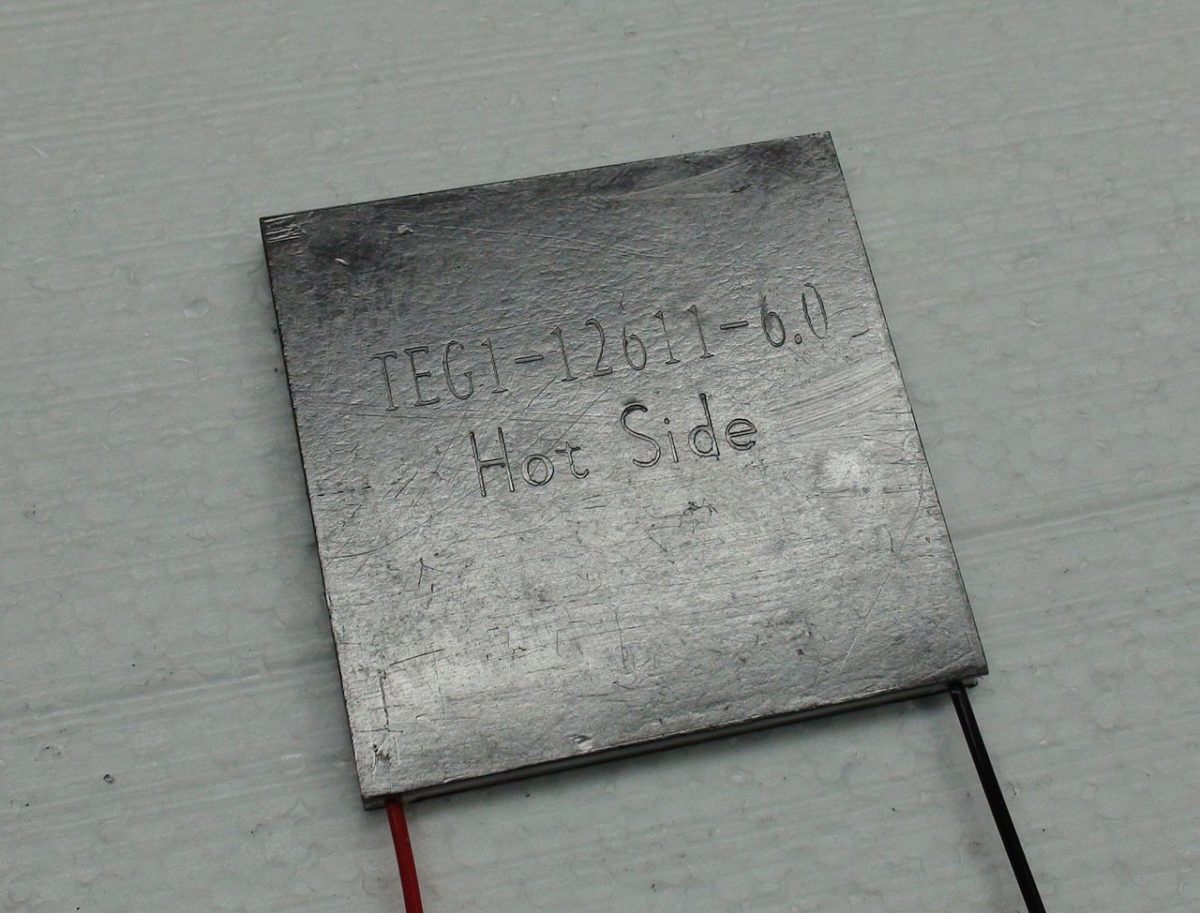From pv magazine Global
A research group from Singapore has offered to reuse silicon from end-of-life photovoltaics in high-performance thermoelectric devices that convert heat into electricity.
“Our method can be applied to all silicon-based solar panels,” researcher Ady Suwardi told pv magazine.
The scientists said thermoelectric devices are very tolerant to defects and impurities, which makes them particularly suitable for recycled silicon, which is uneconomical to recycle due to its defect- and impurity-sensitive nature.
Their new technique consists of pulverising polycrystalline silicon into powder and pelletising it into ingots. The process relies on spark plasma sintering to dope the silicon with germanium and phosphorus. The combination of doping and reduced thermal conductivity is designed to improve the power conversion and cooling efficiency of applicable thermoelectric technologies.
The researchers tested their technique on 15.6 cm x 15.6 cm solar cells provided by Singaporean manufacturer Green Research Scientific.
“The silicon pieces were pulverised using ball milling into fine powder,” they said, noting that the ball milling is done for an hour in argon atmosphere to ensure homogeneity and prevent oxidation. “Subsequently, the mixed powders were consolidated using spark plasma sintering at 1,150 C for five minutes.”
The group found that phosphorus doping modified the electronic structure of the silicon, while improving its power factor and carrier scattering. Germanium doping helped further improve both the electronic and thermal transport properties of the upcycled silicon.
“Furthermore, the recycled silicon with low germanium content in this work is expected to have good stability since silicon-based thermoelectrics such as Silicon-germanium (SiGe) have been widely known to have good mechanical and chemical stability during long-term, high-temperature operation,” they said. “This results in attractive energy harvested/dollar ratio compared to conventional thermoelectrics that mainly rely on heavy elements.”
The academics presented their findings in “Upcycling Silicon Photovoltaic Waste into Thermoelectrics,” which was recently published in Advanced Materials. The research group includes scientists from the National University of Singapore, Nanyang Technological University and the Agency for Science, Technology and Research.
“At this point, it is difficult to estimate the cost of our recycling technology as it depends on many external factors such as scale, supply, labor, technology, and so on,” Suwardi said.
This content is protected by copyright and may not be reused. If you want to cooperate with us and would like to reuse some of our content, please contact: editors@pv-magazine.com.









By submitting this form you agree to pv magazine using your data for the purposes of publishing your comment.
Your personal data will only be disclosed or otherwise transmitted to third parties for the purposes of spam filtering or if this is necessary for technical maintenance of the website. Any other transfer to third parties will not take place unless this is justified on the basis of applicable data protection regulations or if pv magazine is legally obliged to do so.
You may revoke this consent at any time with effect for the future, in which case your personal data will be deleted immediately. Otherwise, your data will be deleted if pv magazine has processed your request or the purpose of data storage is fulfilled.
Further information on data privacy can be found in our Data Protection Policy.